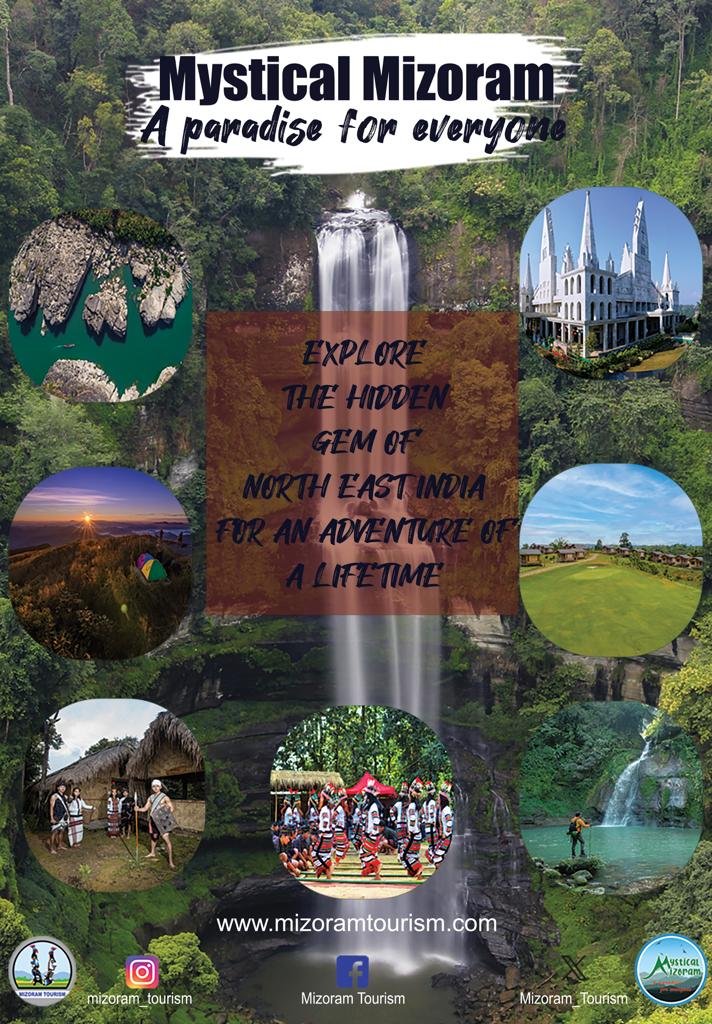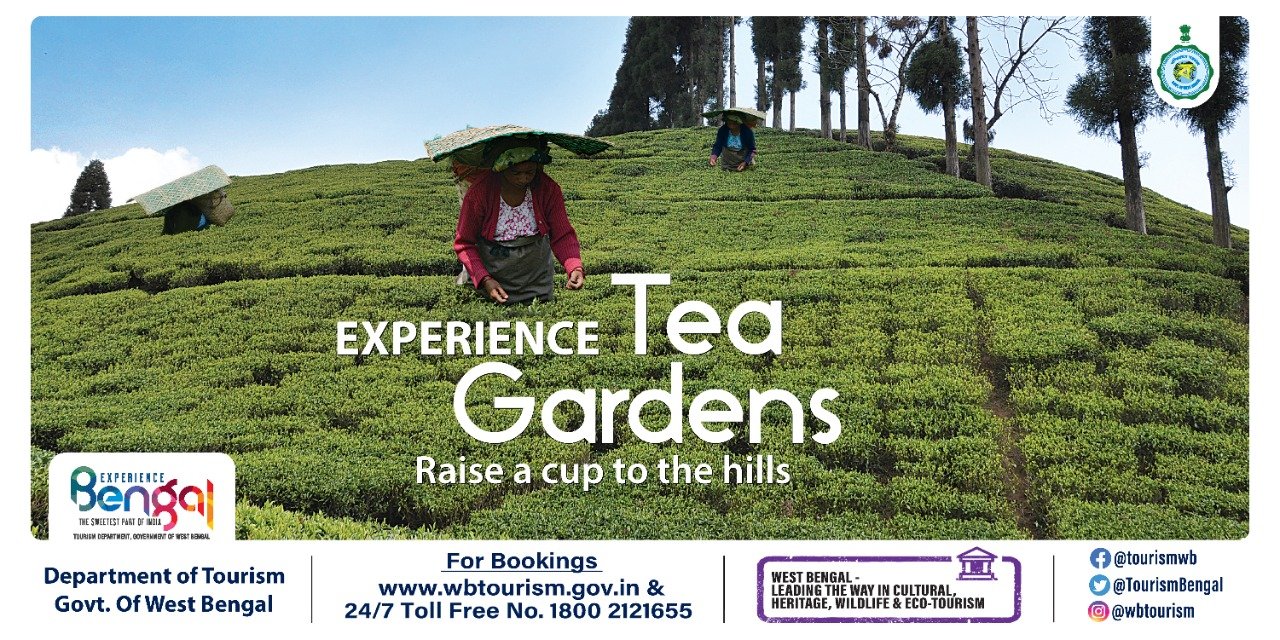
BY DR. RAVINDER PALL SAINI
INDIAN FOREST SERVICE ( RETIRED).
MEMBER, BOARD OF MANAGEMENT,
FOREST RESEARCH UNIVERSITY,
DEHRADUN
DEHRADUN, 25 MARCH 2023:
“Look at the sparrows; they do not know what they will do in the next moment.
Let us literally live from moment to moment.”- Mahatma Gandhi
The intent of World Sparrow Day is to deliver an emphatic message of conservation of
the House Sparrow and communicate it’s importance worldwide.
The theme of World Sparrow Day 2023 was “I Love Sparrows”, with the goal of
encouraging more people to appreciate the relationship between humans and sparrows.
Sparrow is native to Eurasia and North Africa, and was introduced to South Africa,
North and South America, Australia, New Zealand, Middle East, India, and Central Asia,
where its population thrived under a variety of environmental and climatic conditions.
Commemoration of world sparrow day is chosen to educate and spread awareness
about sparrow conservation and protection, as their numbers are diminishing
universally. The first World Sparrow Day was held on March 10, 2010, and has been
celebrated annually since then. Mohammed Dilawar founded The Nature Forever
Society to raise awareness about sparrows. In 2008, TIME Magazine named him a
sparrow conservation hero for his efforts.

Importance of World Sparrow Day:
World Sparrow Day is a celebration of the age-old human-sparrow association as well
as a call on for action to protect these beloved birds and their habitats. Sparrows,
particularly the common house sparrow, have been human companions for thousands
of years, but their populations have been rapidly declining in recent years.
Habits of a sparrow:
They are social, feeding in crowded flocks and squabbling over crumbs or seeds on the
ground. House Sparrows are a common sight at bird feeders; you may also see them
bathing in street-side puddles or dustbathing on open ground, ruffling their feathers, and
flicking water or dust over themselves with similar motions.
Sparrows have beautiful voices and their chirping and singing can be heard all over.
Other unique characteristics are their smooth, round heads and rounded wings. Males
have reddish feathers on their backs and females are brown and striped.
They are all passerine birds—songbirds—and share traits such as: Size: Most sparrow
species are relatively small, with sizes ranging from 4-8 inches in length, though 5-7
inches is the most common range.

They can reach 4 to 8 inches in length and 0.8 to 1.4 ounces in weight. Although
sparrows do not belong to the group of water birds, they can swim very fast to escape
from predators. Sparrows have several broods each year. Females lay three to five
eggs.

Habitat of Sparrow:
The bird’s ecological habitation is that of open woodlands, fields, grasslands, scrubland,
and deserts. They have adapted well to life around humans, and they can be found in
cities and neighbourhoods in large numbers. If you want to view These birds, you are
certain to attract them with a backyard bird feeder.
In urban areas, house sparrows can often be seen opportunistically feeding on scraps
and rubbish, as well as visiting bird tables and feeders. In rural areas, flocks feed on
fields of grain, using their chunky beaks to crack open seeds.

Adaptations of sparrow:
They have several adaptations to dry areas, including a high salt tolerance and an
ability to survive without water by ingesting berries. House sparrows enjoy dust or water
bathing and often do that in groups. Captive birds can even dive and swim short
distances under the water.
Interesting Facts about Sparrows:
▪ Sparrows tend to live in clusters, and they are capable of swift swimming when they
sense danger.
▪ Not like many other bird species, sparrows do not determine territories; rather, they
focus on protecting and creating nests.
▪ Male sparrows are recognised by their reddish backs and black bibs, whereas females
have brown backs with stripes. Furthermore, male sparrows are slightly larger than their
female counterparts.

▪ Male sparrows assemble nests to invite females for mating.
▪ The house sparrow (Passer domesticus) belongs to the Passeridae family of
sparrows, and their close association with human habitation allows them to thrive in
both urban and rural environments.
▪ Ancient Greeks correlated sparrows with Aphrodite, the goddess of love, due to their
apparent lustfulness.

▪ Jesus’s use of “sparrows” as an example of divine providence in the Gospel of
Matthew. The Gospel hymn “His Eye Is on the Sparrow” was inspired by Jesus’s use of
sparrows.
▪ An Egyptian hieroglyph ( pictograph) was based on the house sparrow, but it had no
phonetic value and was used as a determinative in words to indicate small, narrow, or
bad.

▪ To promote the conservation of these birds, in 2012, the house sparrow was declared
as the state bird of Delhi.
▪ Sparrow’s current conservation status is that it is listed as the least concern on the
IUCN Red List.
Ecological Importance of Sparrow:
The omnipresent nature of sparrows has stretched their process of adjusting to various
ecosystems amicably. Thus, they have not only been established amongst forests but
also in rural as well as urban regions. One of the most abundantly found bird species,
House Sparrows have learnt to rely upon human-built structures. The scientific name of
the species, Passer domesticus, also denotes the “domestic” nature of the passerine.
Sparrows use novel materials such as threads, strings, paper, and wool besides
feathers, grass, roots, and stalks to build nests. Moreover, they generally occupy
buildings and residential spaces for nesting.

Sparrows play a vital part in the functioning of ecosystems by maintaining the food web
and an ecological balance. Feeding on seeds, grains, and larvae, the bird has proven to
be an effective pest control agent. Pollination, a process crucial for plants to flourish, is
also performed by sparrows as they spend time visiting flowers and transferring pollen.
An excellent indicator of any biological or environmental change, these birds can also
represent the health of an ecosystem.
Efforts to negate the damage:
Recognizing the importance of the species, March 20 was designated as World House
Sparrow Day. Every year, over 40 nations celebrate this day to highlight the threats that
sparrows face and measures we can undertake to control the decline. Experts have
suggested that to conserve the species, their habitat needs to be protected or an
artificial micro-habitat may be installed. Creating and placing nest boxes and bird
feeders for the birds while also planting native vegetation are some ways to help aid the
recovery of the species.
“In this world of ours, the sparrow must live like a hawk if he is to fly at all.”-
Hayao Miyazaki

Advertisement:





























Add Comment